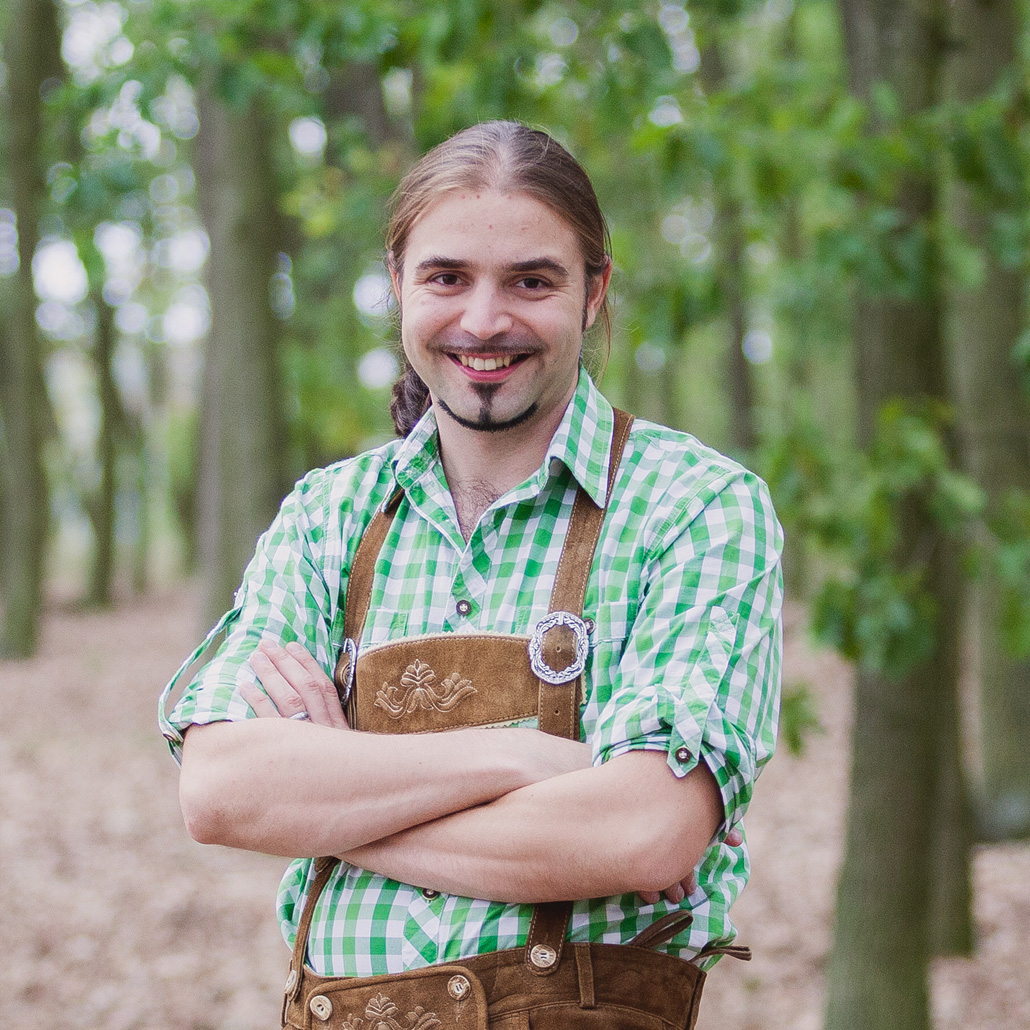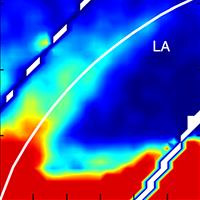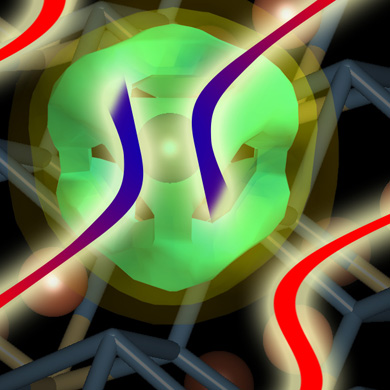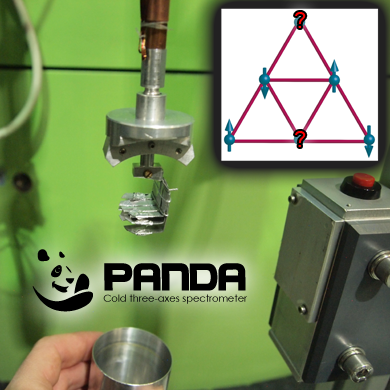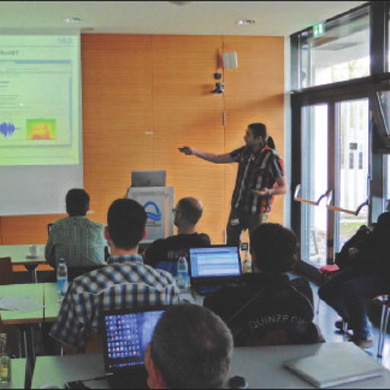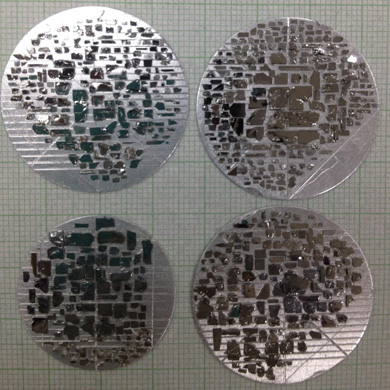I am a member of several project-related teams:
- Nonequivalent Kondo Sites
- The Growth Kinetics of Multiferroics
- Multi-Component Correlations
- Quantum Kagome Magnets
Kondo lattices with nonequivalent sites
The existence of the nonequivalent crystallographic Kondo sites lead to the formation
of two sublattices with largely different Kondo temperatures. We expect such systems to show
better tunability towards various kinds of quantum phase transitions than single-site Kondo systems, and
to form novel phases. The project is funded as a project GAČR 18-23606S.
An in-situ study of the Growth Kinetics of Pulsed Laser Deposition of Multiferroic Complex Oxides
The goal of the project is to gain fundamental understanding in the growth of complex
oxides by pulsed-laser deposition (PLD) enabling to optimize the growth parameters for fabricating oxide
systems with the best multiferroic performance.
The project is international German-Czech cooperation funded under GAČR 19-10799J.
Multi-Component Electronic Correlations in Non-Centrosymmetric f-Electron Compounds
In metallic f-electron compounds the effects of electronic correlations are exceptionally
pronounced, driving conventional and unconventional forms of spin and charge order.
We are developing a detailed phenomenological account of the nature of electronic
correlations in carefully selected non-centrosymmetric f-electron compounds,
combining the preparation of high quality single-crystals, bulk and transport measurements under
extreme conditions, comprehensive neutron scattering studies and measurements of quantum oscillations.
This is international German-Czech project DFG WI3320-3 / GAČR 17-04925J.
Investigation of quantum kagome magnets by ordered substitution of fluoride pyrochlores
This project is dedicated to the synthesis and study of the magnetic
and electronic properties of new quantum (S=1/2) kagome antiferromagnets utilising the
ordered substitution of a pyrochlore lattice. The project is funded as a project GAČR 19-21575Y.
